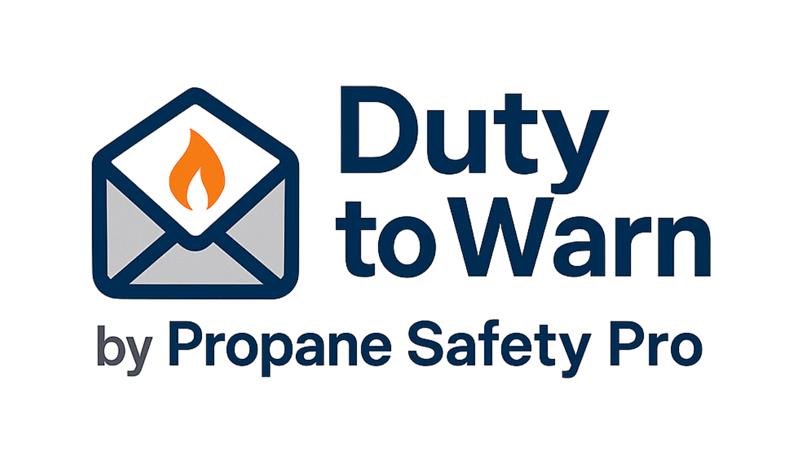Enhancing the Effectiveness of Sexual Harassment Training: Six Strategies for a Respectful Workplace Culture

Sexual harassment remains a pervasive issue in workplaces across industries, undermining employee well-being, job satisfaction, and overall organizational success. Recognizing the importance of cultivating a respectful workplace culture, many companies have implemented sexual harassment training programs.
However, despite these efforts, the effectiveness of such training can vary. To ensure that sexual harassment training is truly impactful, organizations must adopt a comprehensive approach that goes beyond mere compliance.
Here are six strategies to enhance the effectiveness of sexual harassment training for all employees:
1. Tailor Training to Address Organizational Specifics
One size does not fit all when it comes to sexual harassment training. Each organization possesses its own unique culture, dynamics, and challenges. To maximize the impact of training, it is important to tailor the content and delivery to address these specifics. Conduct a thorough assessment of the organizational environment, including prevalent issues, existing policies, and employee demographics. This will enable the development of training materials that resonate with employees and address their specific concerns.
2. Promote Management Commitment and Accountability
The commitment of top-level management plays a pivotal role in fostering a respectful workplace culture. Leaders must actively communicate their support for the training program and emphasize that sexual harassment will not be tolerated under any circumstances. Furthermore, managers and supervisors should be held accountable for creating and maintaining a respectful work environment. By aligning performance evaluations with adherence to workplace policies and demonstrating zero tolerance for harassment, organizations can send a clear message that inappropriate behavior will have consequences.
3. Focus on Bystander Intervention
Empowering employees to become active bystanders is a powerful tool in preventing and addressing sexual harassment. Traditional training programs often focus solely on identifying and reporting harassment, leaving bystanders unsure of how to intervene. By incorporating bystander intervention strategies into training, individuals can learn practical techniques for safely and effectively stepping in when they witness inappropriate behavior. This proactive approach shifts the responsibility from victims alone to the collective responsibility of all employees, creating a culture of mutual support.
4. Utilize Engaging and Interactive Training Methods
Long, monotonous training sessions can be counterproductive and fail to engage participants. To enhance the effectiveness of sexual harassment training, organizations should employ interactive and engaging methods. Incorporate case studies, role-playing scenarios, and group discussions to encourage active participation and provide practical examples that resonate with employees. Using multimedia presentations, such as videos and interactive quizzes, can also help reinforce key concepts and increase knowledge retention.
5. Encourage Open Dialogue and Reporting
Creating a safe space for open dialogue is essential for combating sexual harassment. Employees should feel comfortable reporting incidents and expressing concerns without fear of retaliation. Establish clear and confidential reporting mechanisms, such as anonymous hotlines or online platforms, to encourage individuals to come forward. Additionally, provide ongoing communication channels for employees to ask questions, seek guidance, and receive updates on the organization’s efforts to address and prevent sexual harassment.
6. Reinforce Training with Ongoing Education and Support
Effective sexual harassment training is not a one-time event but an ongoing process. Regularly reinforce the key messages and principles covered in initial training sessions through periodic follow-up sessions. This serves as a reminder of the organization’s commitment to maintaining a respectful workplace culture. Furthermore, provide additional educational resources, such as workshops, webinars, or newsletters, to continuously educate employees on topics related to diversity, inclusion, and respectful conduct.














